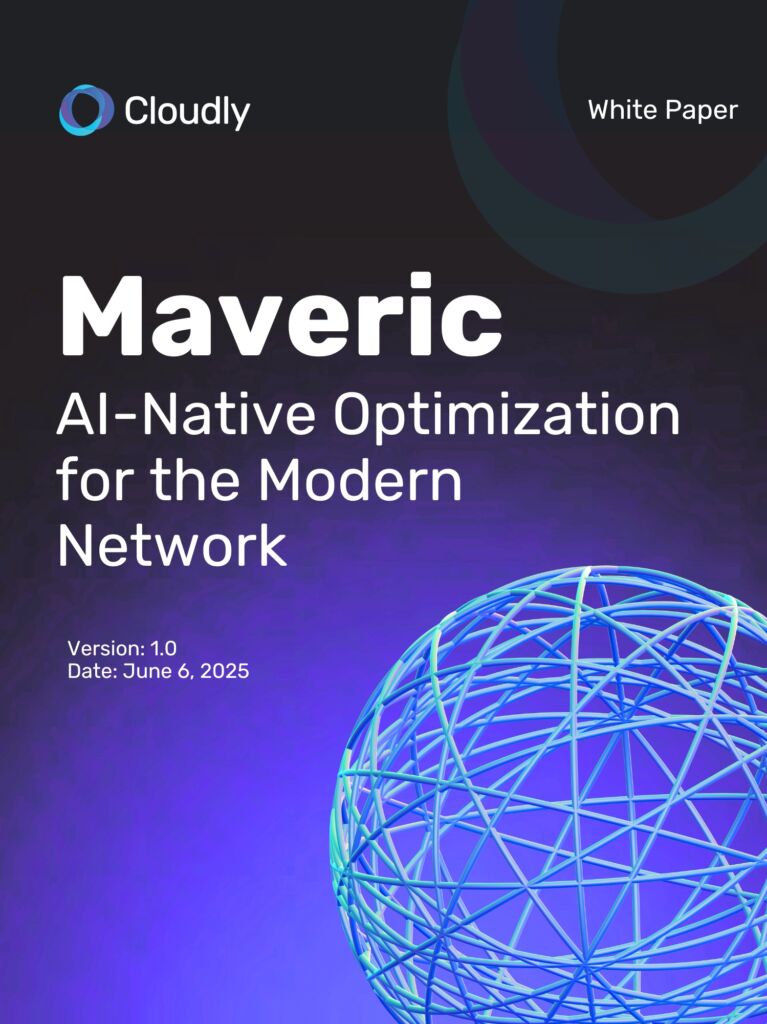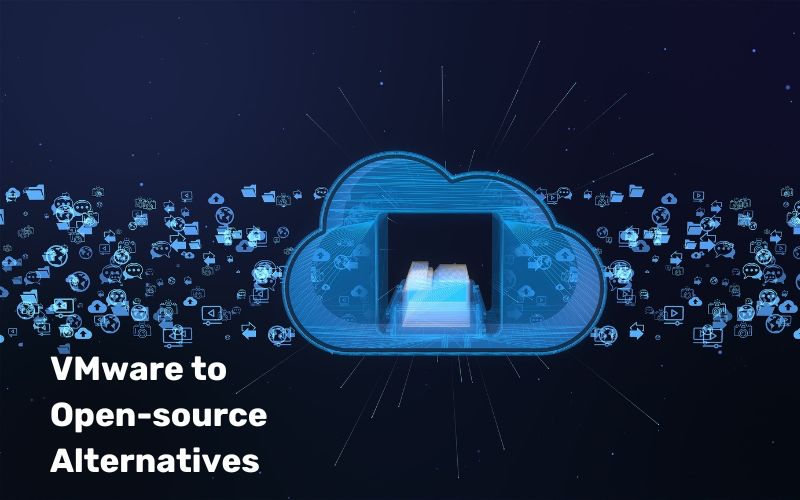White Papers

Maveric – AI-Native Optimization for the Modern Network
Maveric is an AI-native and ML-driven platform that transforms network management by continuously learning from live data and automatically optimizing settings. It improves performance- reduces dropped calls, balances capacity, and cuts operational costs, all while enhancing user experience.

VMware to Open-source Alternatives
Broadcom’s takeover of VMware has many companies worried about higher costs and getting locked in. That’s why more teams are turning to open-source options like OpenStack, RedHat, Mirantis, and Canonical they’re more flexible, more affordable, and don’t come with long-term strings attached. Cloudly is here to make that switch easy, guiding you every step of the way.

VMware to Open-source Private Clouds
Traditional VMs are falling behind they’re rigid, slow to scale, and prone to downtime. Containers, powered by Kubernetes, offer a faster, more flexible, and resilient alternative. This paper explores how organizations can move from VMware to private cloud platforms like Mirantis, RedHat OpenShift, or OpenNebula. These tools make it easier to manage hybrid environments and scale apps as needed. Cloudly handles the full migration, from strategy to support, so teams can make the shift with confidence.

VMware to Public Clouds
As VMs become harder to scale and manage, many companies are moving their VMware workloads to public clouds like AWS, Azure, or Google Cloud. These platforms offer more flexibility, lower costs, and even better performance especially with containers and Kubernetes. Cloudly makes the move smooth and secure, whether it’s a simple lift-and-shift or a full modernization, tailoring the migration to fit each company’s needs.

Plug-n-Play Core Integration for MDO
Mobile networks are adapting to growth in data usage and shifting traffic from mobile core to Wi-Fi decreases mobile congestion. A plug and play solution using Magma’s Federation Gateway allows easy plug and play by being a secure single point of entry to the mobile and Wi-Fi cores. It provides consistent user experience, centralized policy control, and minimal impact on existing infrastructure. A few live deployments demonstrate speed of implementation, fast scale, and versatility for imagined modern networks.

HetNet OpenSchema QoS / QoE Score
Measuring Wi-Fi performance hasn’t always matched what users actually experience. A new open schema changes that making it easier to define both Quality of Service (QoS) and Quality of Experience (QoE) using shared data points and scoring methods. It simplifies performance tracking across networks, especially in complex environments like HetNets, where reliable and user-friendly metrics matter most.
